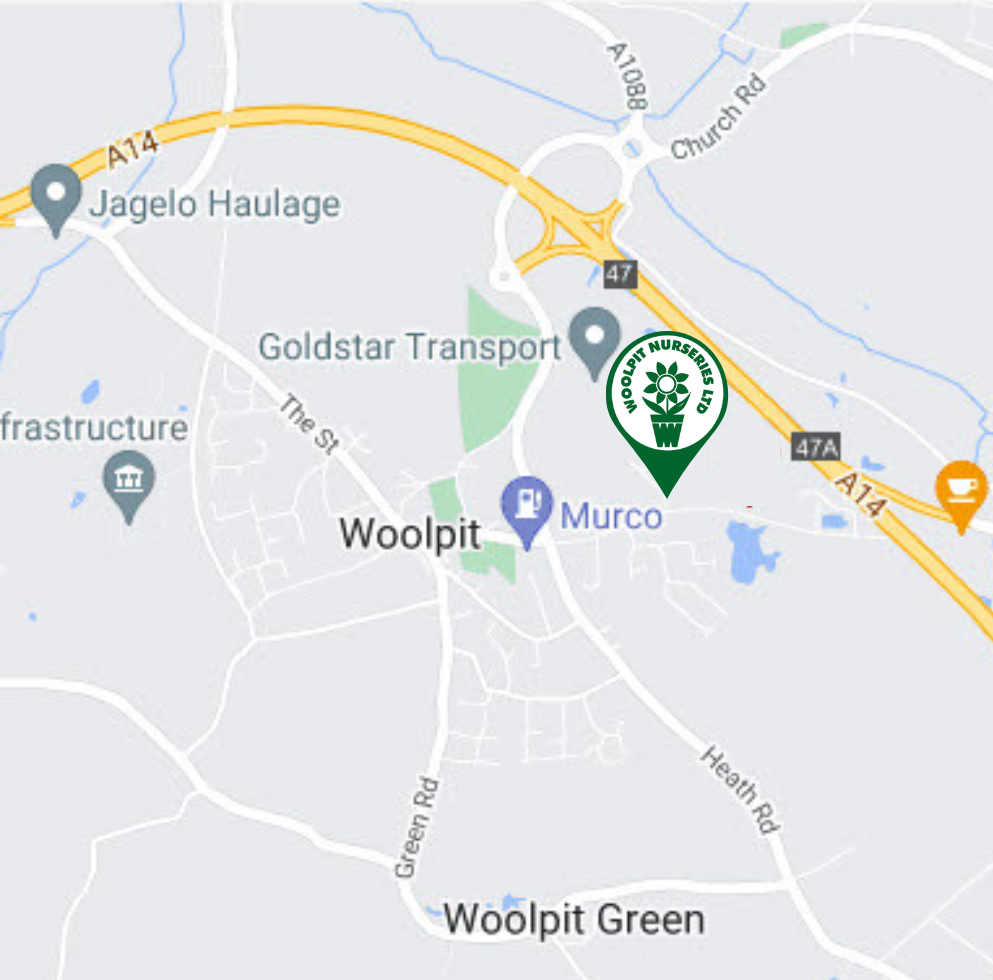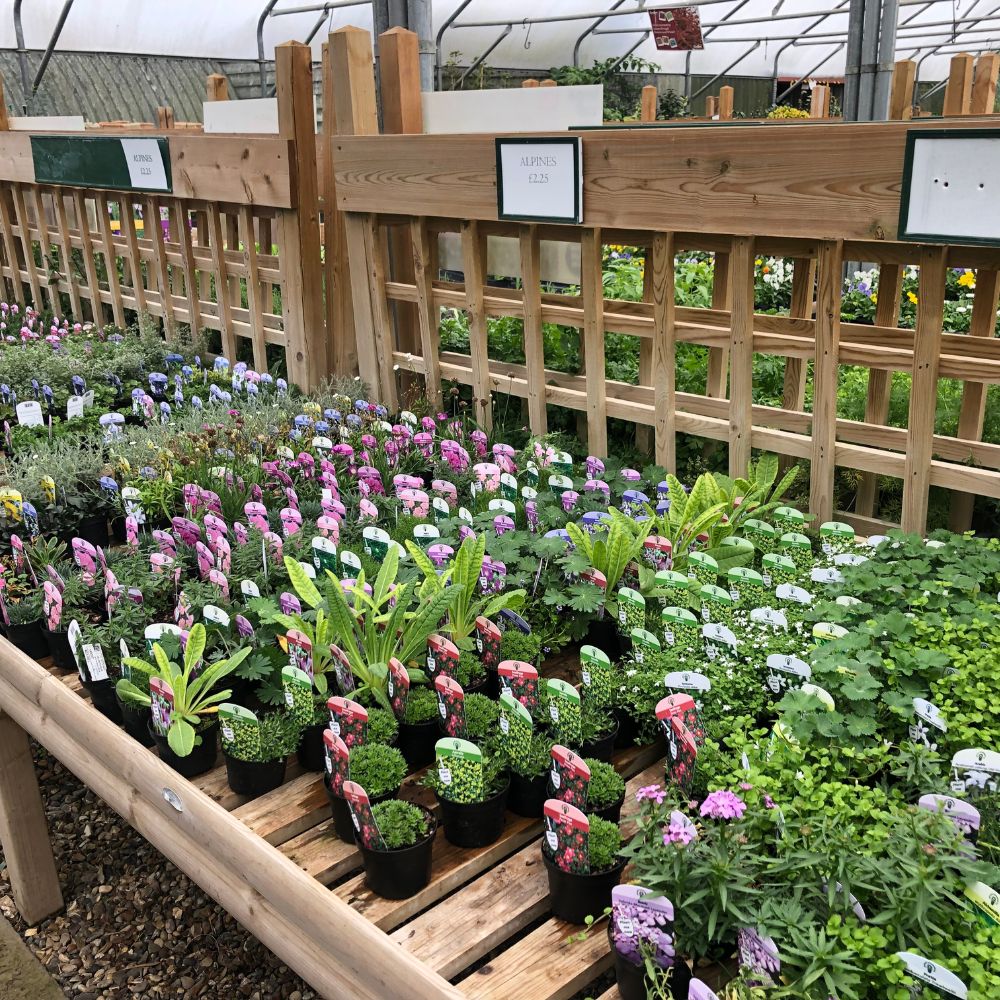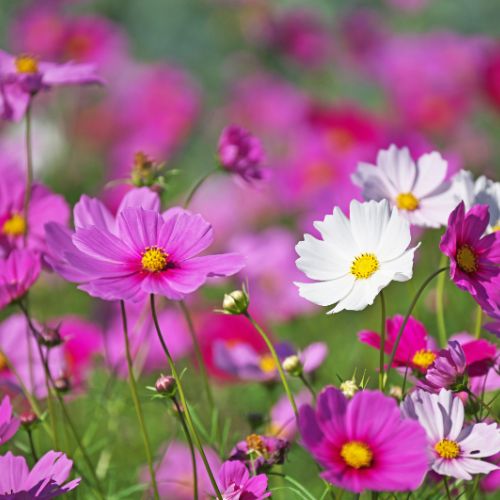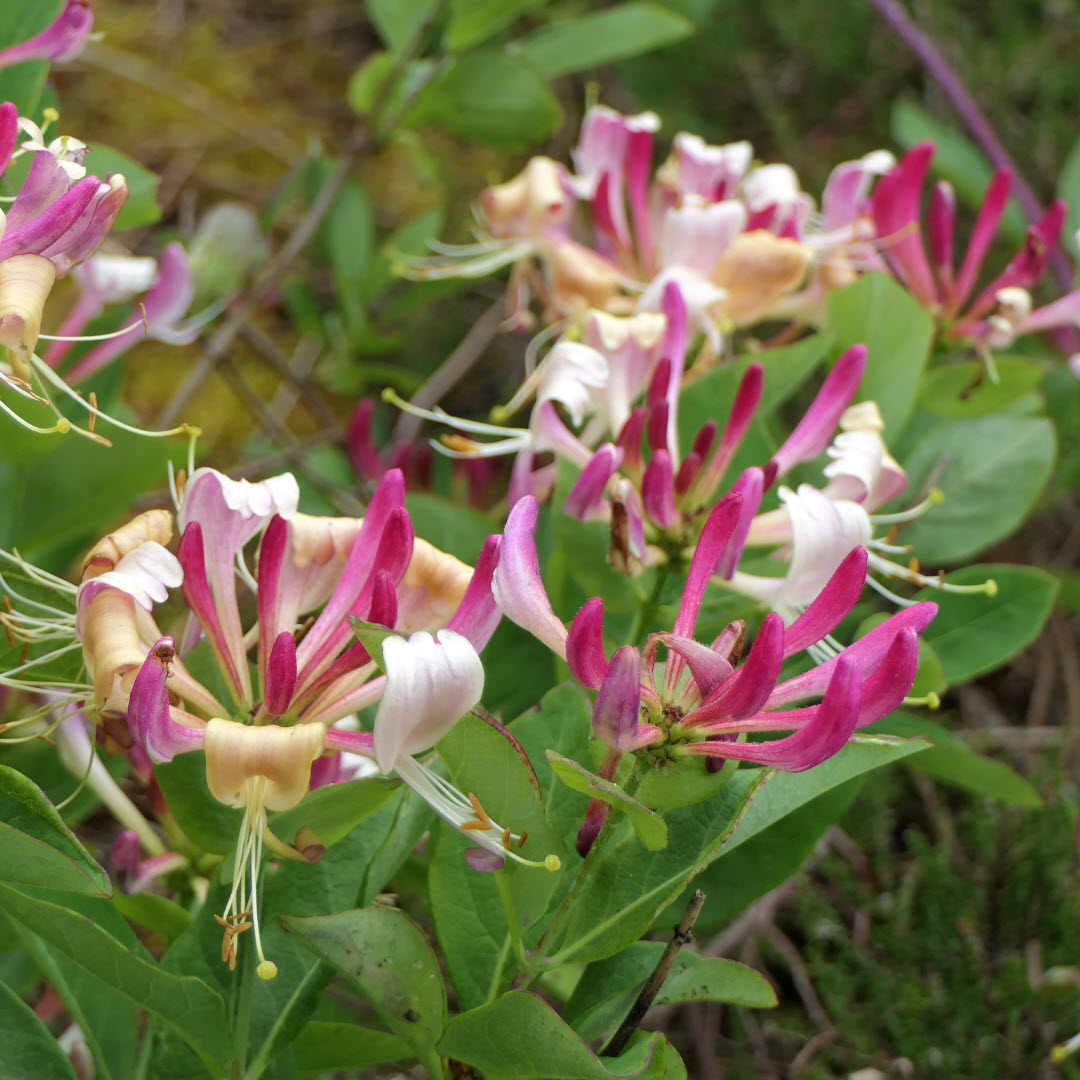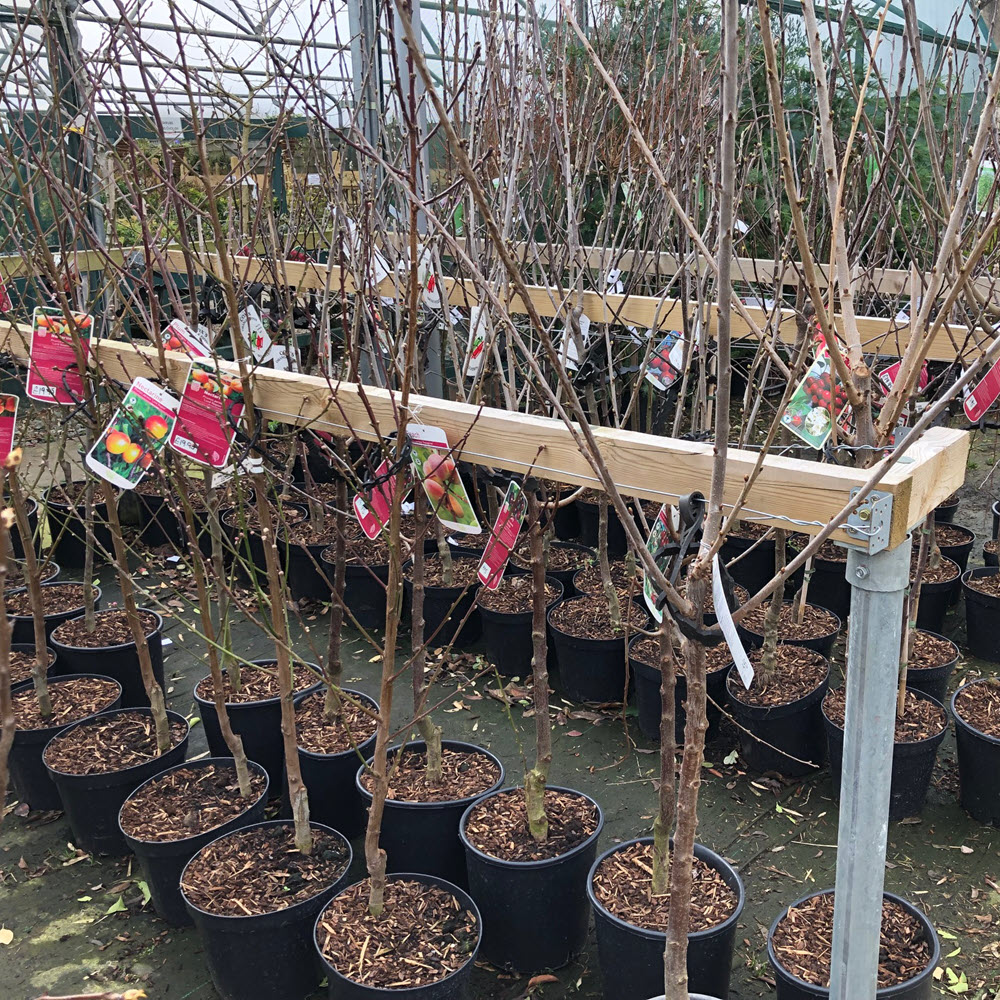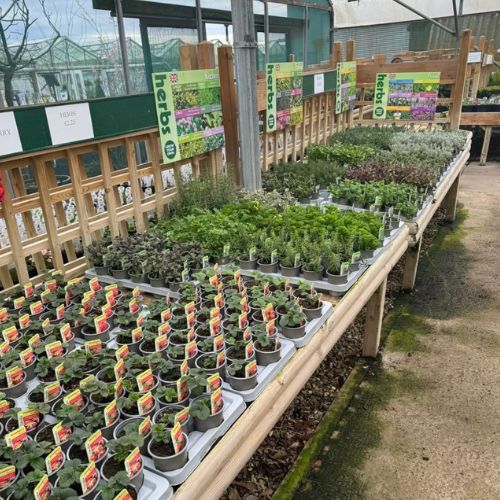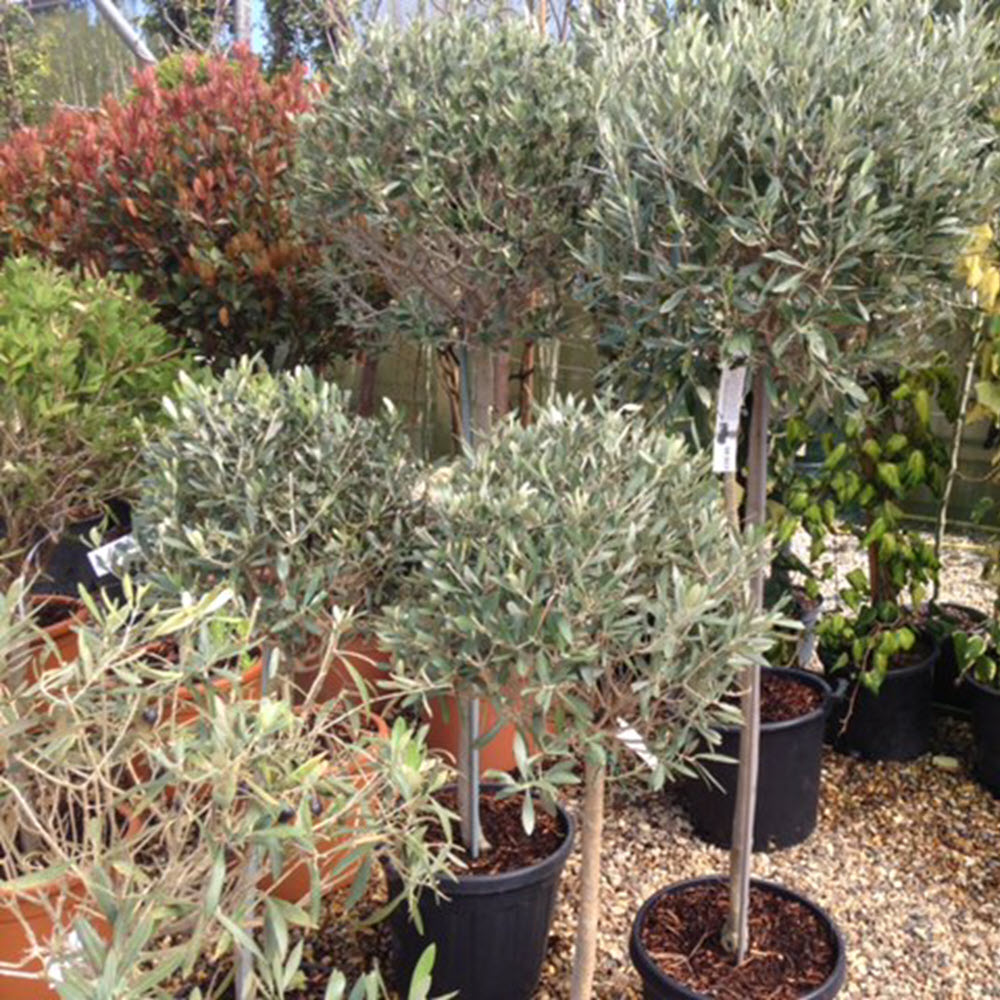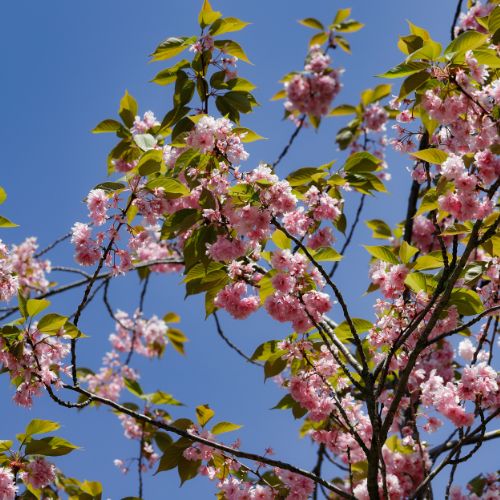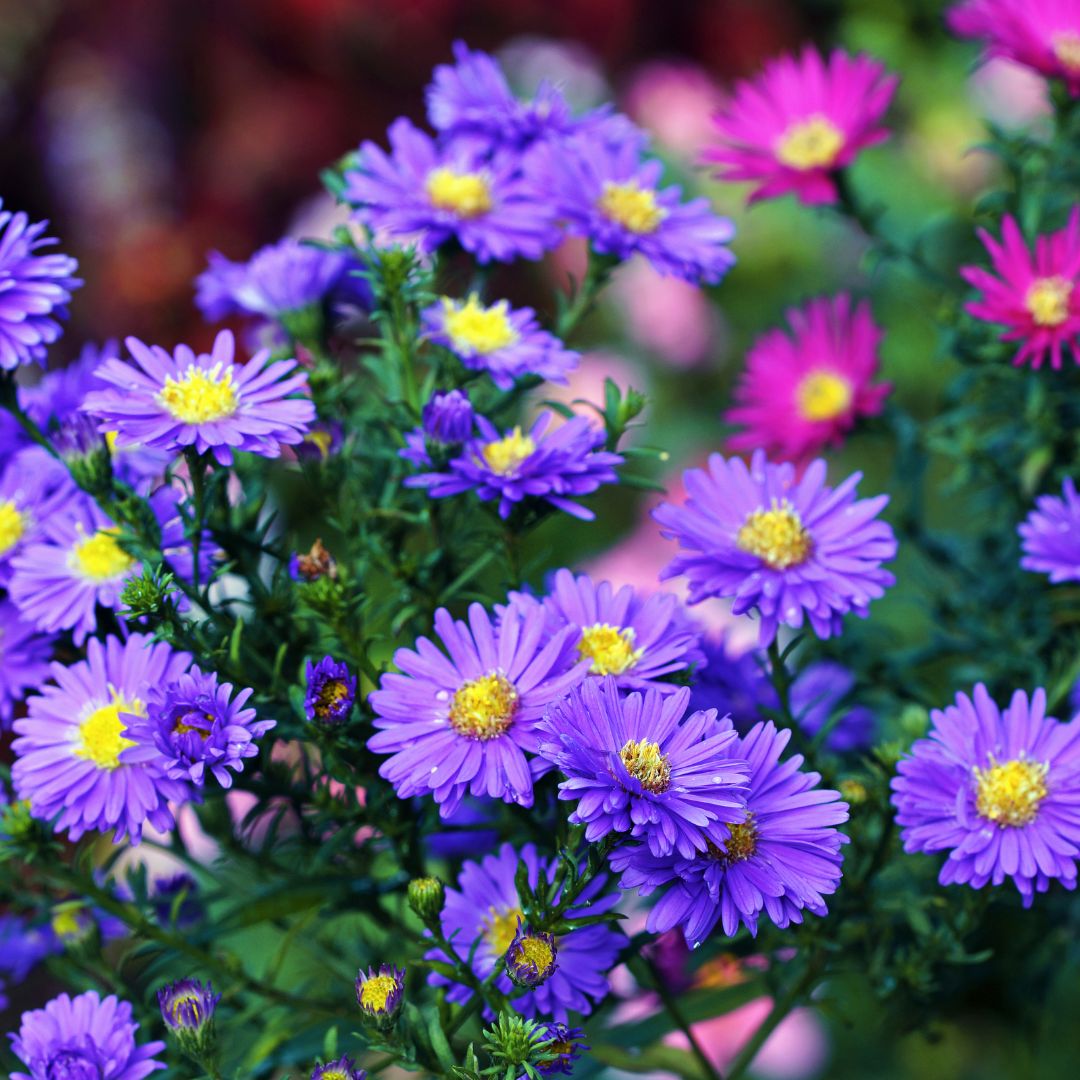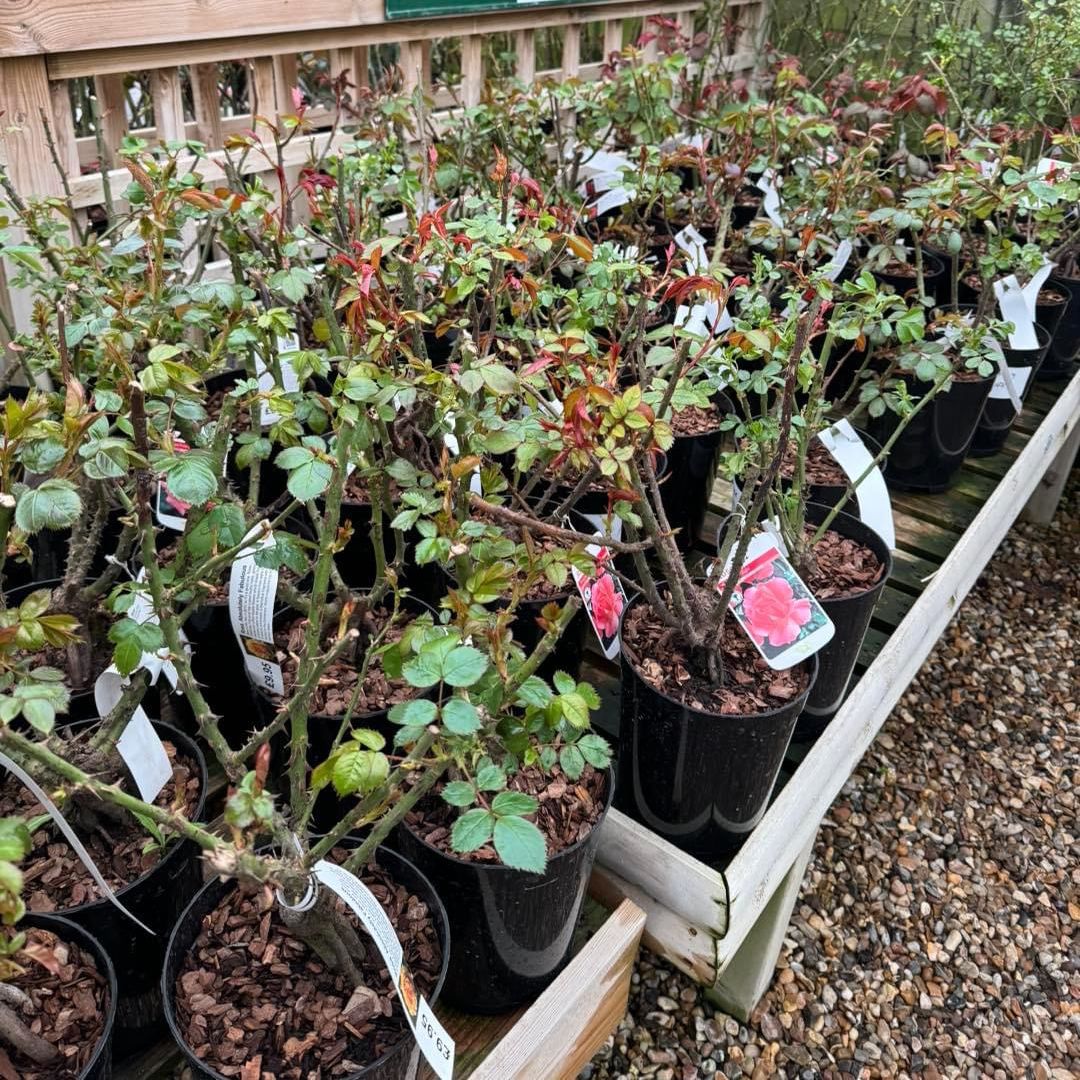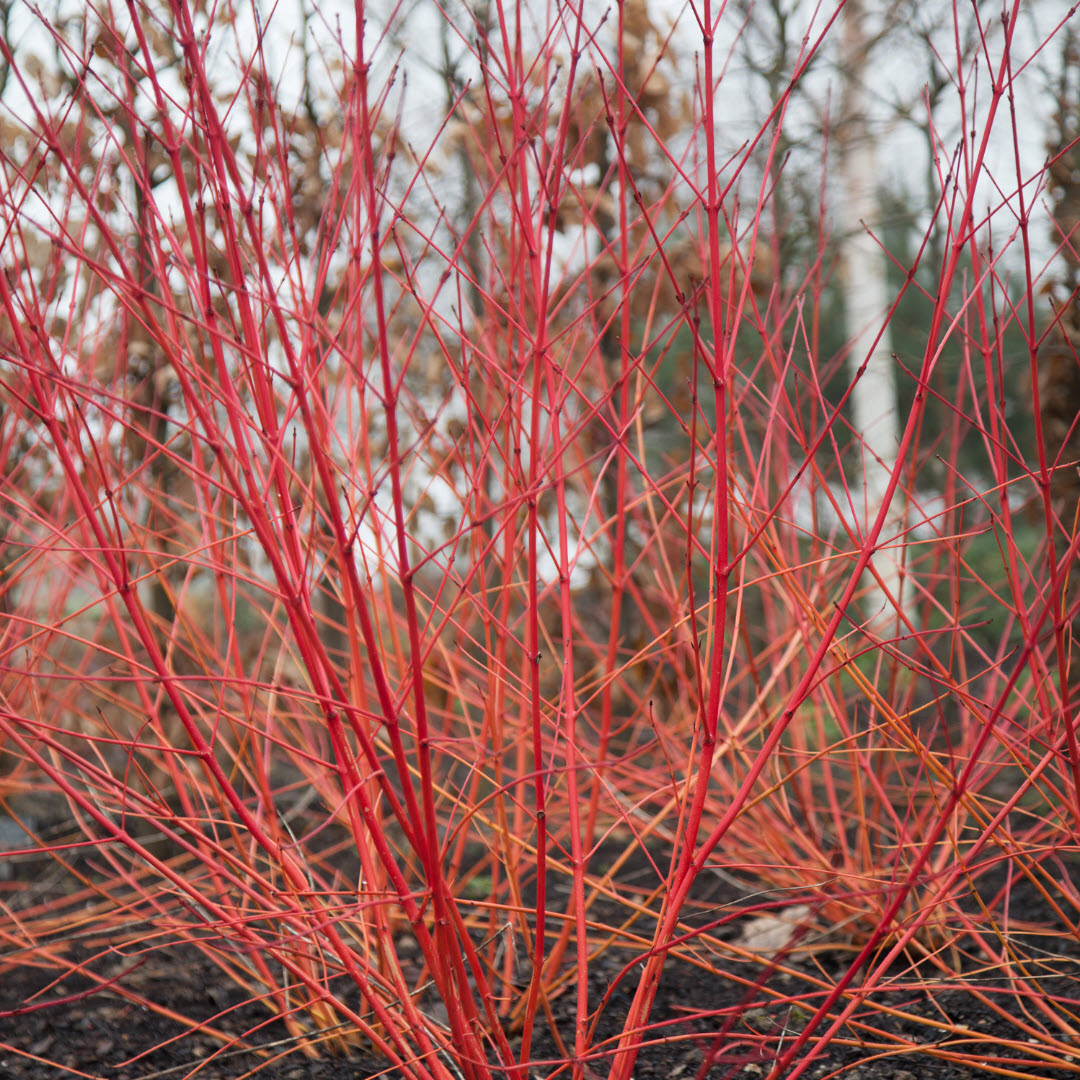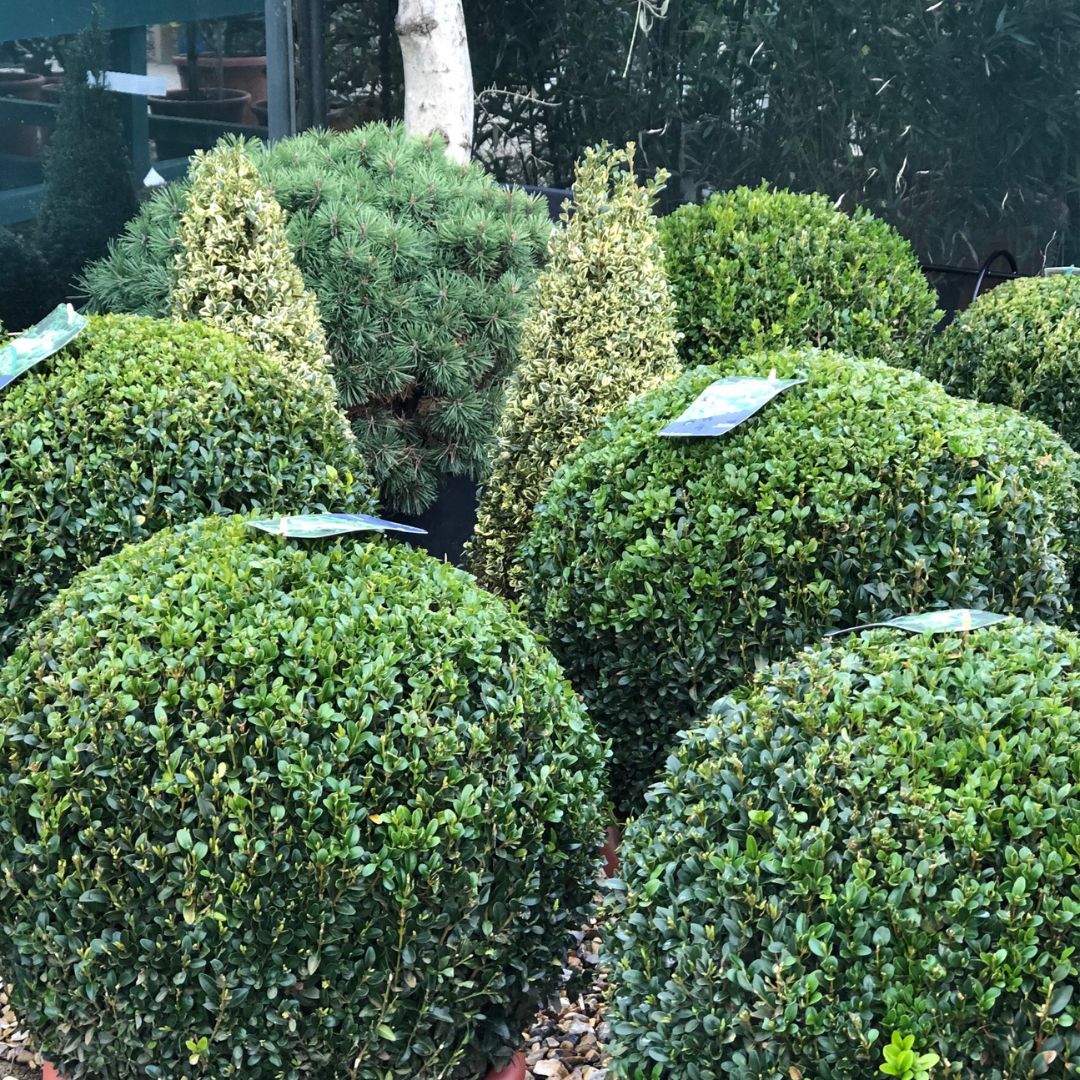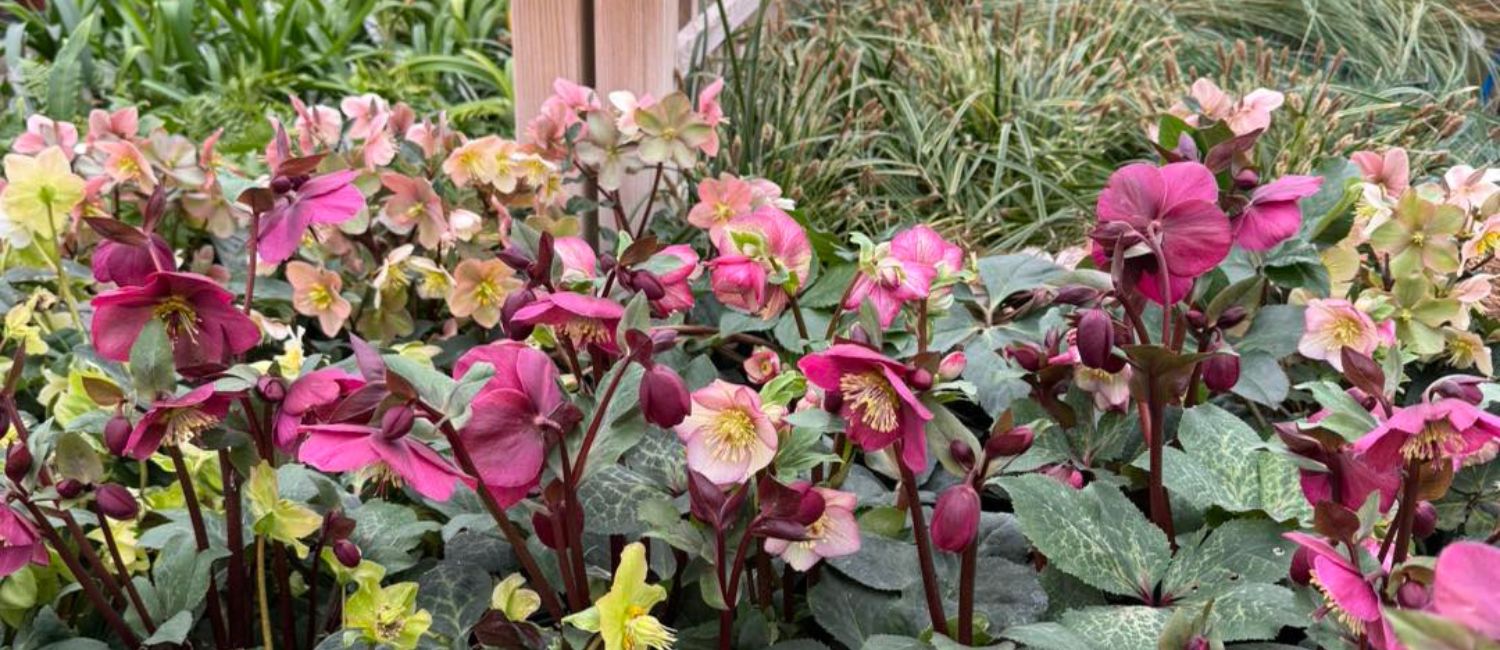Beginner’s Guide to Hellebores: Everything You Need to Know
Hellebores, also known as the Christmas or Lenten rose, are the unsung heroes of the winter garden. With their elegant, nodding blooms and evergreen foliage, these perennials bring color and interest to the garden when little else is in bloom. Whether you’re a seasoned gardener or just starting out, this comprehensive guide will walk you through everything you need to know about growing and caring for hellebores.
What are Hellebores?
Hellebores, scientifically known as Helleborus, are perennial plants prized for their winter and early spring blooms, from January to April. These hardy plants are mainly native to woodland edges, making them ideal for shady spots in the garden. With flowers ranging from shades of green, white, pink, to ruby, these plants add a pop of colour to the winter garden. Some popular varieties include the Oriental hybrids (Helleborus x hybridus), stinking hellebore (Helleborus foetidus), and holly-leaved plants (Helleborus argutifolius).
Hellebores are relatively easy to grow, making them perfect for both beginner gardeners and experts alike. Here’s a quick overview of how to grow hellebores successfully:
- Planting Time: The best time to plant hellebores is from autumn to spring, although they can be planted at any time of the year, avoiding the dry summer months.
- Where to Plant: Hellebores thrive in light or dappled shade with some sun exposure. They prefer soil enriched with organic matter and conditions that are neither very dry nor waterlogged.
- Planting Technique: When planting hellebores, dig plenty of organic matter / compost into the soil and position the plants at the same level they were growing in their original container. Space the plants according to their variety, and apply a mulch of organic matter to help retain moisture.
- Ongoing Care: Newly planted hellebores require regular watering during their first growing season. Established plants benefit from watering during hot, dry spells. Feed container-grown hellebores regularly with a balanced liquid fertilizer, and prune away any damaged or diseased foliage in autumn.
Common Challenges and Solutions
While hellebores are relatively low-maintenance plants, they can still face a few issues. Aphids and leaf spot are common problems but can be managed through hand removal and pruning, respectively. Ensuring the plants are not in very dry or wet soils also helps prevent issues.
Hellebores at Woolpit Nurseries in Suffolk, UK
Looking to add hellebores to your garden? Visit Woolpit Nurseries in Suffolk, UK, where you’ll find a lovely selection of hellebores in pots ready to plant, unless they’ve all been snapped up by other gardeners! With their expertise and quality offerings, Woolpit Nurseries is your go-to destination for all your gardening needs.
Hellebores are a delightful addition to any garden, offering beauty and interest during the colder months. Whether you’re a beginner gardener or an expert, growing hellebores is a rewarding experience. Follow the tips outlined in this guide, and soon you’ll be enjoying the charming blooms of these winter wonders in your own garden.
For the best quality garden plants at great prices, visit us at Woolpit Nurseries in mid Suffolk.
We look forward to helping you transform your garden with our premium plants and friendly service.
